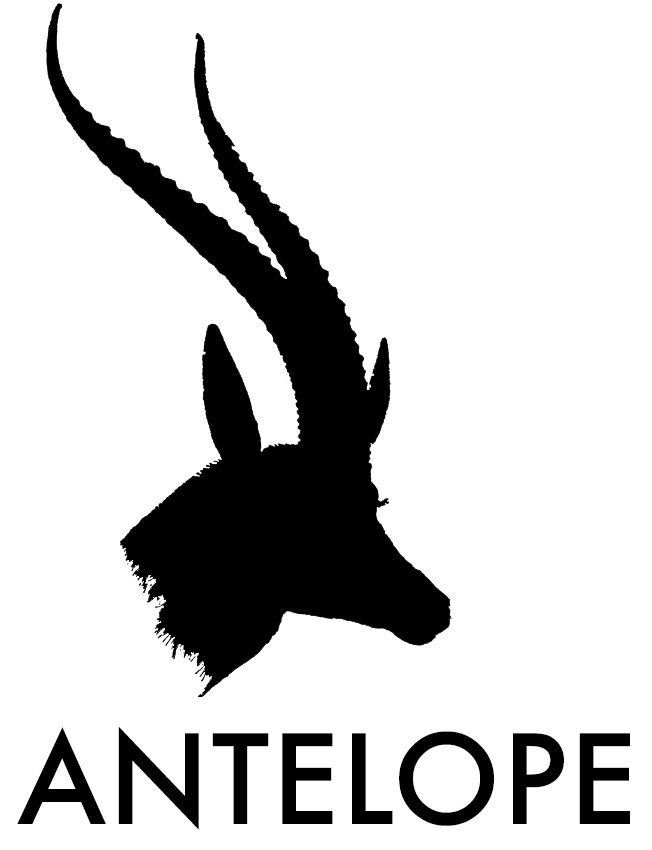Collective Communication
I spent a day this week confined to the halls of Olympia at a trade show for those in the learning industry. As anyone will know who has attended a similar exhibition, they are full of companies showing their wares, latest innovations, those shouting about trends and a ton of gimmicks - cupcake anyone?
I spent a day this week confined to the halls of Olympia at a trade show for those in the learning industry. As anyone who has attended a similar exhibition will know, they are full of companies showing their wares, those shouting about trends, the latest innovations and a ton of gimmicks - cupcake anyone?
As well as being exhausting for those present across the full two days, they often spark great ideas, put faces to names and hopefully a chance to firm up those virtual deals face-to-face. As a consultant whose main objective is to represent clients, I am normally looking for the Next Big Thing. Not what someone else is showcasing but what the company I am working for can be doing.
Having attended a number of similar events over the last few months across different sectors, you begin to start seeing some macro trends emerging. Not surprising when you think that most companies need to think about similar issues - technology, people, profit, etc. But for the first time ever there seems to be a wave happening in all industries that could influence and infiltrate the way we work.
I have also been reading The Economist's MegaChange 2050: The World in 2050, whose authors touch on four different themes - People and relationships, Heaven and earth, Economy and business and Knowledge and progress - with a futuristic nod to what they think is ahead.
And to me, it all seems to be coming back to one thing - User Generated Content. Crowdsourcing of intelligence, of ideas. Collective information and collective decisions.
As of the fourth quarter of 2016, Facebook had 1.86 billion monthly active users. If FB was a nation it would be the third most populous on Earth outside of China and India. So it is no surprise that Facebook is utilising this community not only to generate its own content but also to moderate and filter content for others. Martin Giles in MegaChange 2050: The World in 2050 predicts what many of us already know that friends’ opinion count and that content will be curated by friends in the future.
However, the change for the future will be in the content that is curated. Moving from baby photos and updates on martial status, the news that will be shared from your friends will be world events, their opinions on these world events and their friends’ comments on their opinions. So effectively friends and friends of friends become the social filter of content.
The Pew Institute claimed that in the 2008 Presidential Election over 20% of US adults with access to a computer used social media as a way of getting information about the candidates and their policies. Not news sites, not manifestos, but what their friends and influencers thought.
Social media cuts through social-economic status and allows us to talk to people we would never talk to about things we would previously would never discuss with all and sundry.
So what does this mean for brands? And how do B2B businesses work in an environment where more and more people are being influenced by the 360 Effect?
At Antelope, we believe it’s about being part of the conversation and having a voice in the debate around them. It’s about being transparent and realising there will be the naysayers as well as the advocates. It’s about promoting yourself, sure, but also about not being arrogant or cocksure. It’s about showing your values and getting people to know you, as if they don’t know you, how can they like you?
It’s welcoming your users (your customers) to talk about you and joining in with them. It means being not only proactive in your content, but looking at the content about you and around you and participating in it. It’s seeking out the conversations in the corridors, by the water fountain and joining in.
It means a well planned content strategy and one that is agile and flexible. It means having a genuine voice. It’s a little more complex than the odd blog, the occasional tweet and posting across Hootsuite. That’s why companies who hope to be around in 2050 are already the ones who are not only listening to their customers, but those allowing them to talk.

